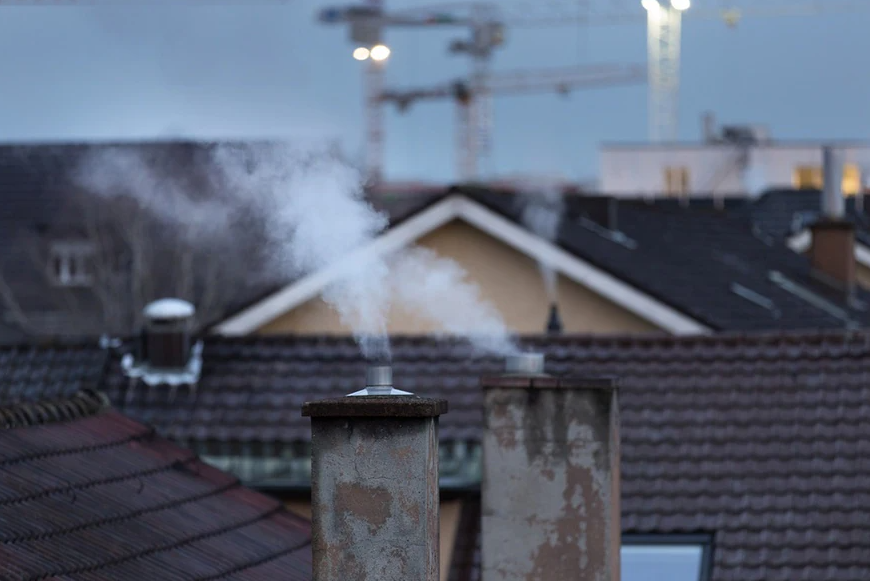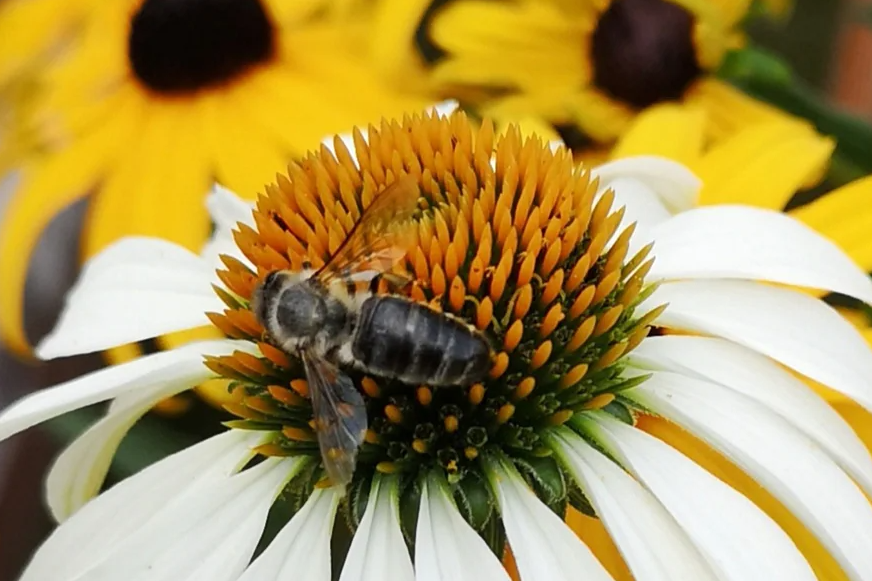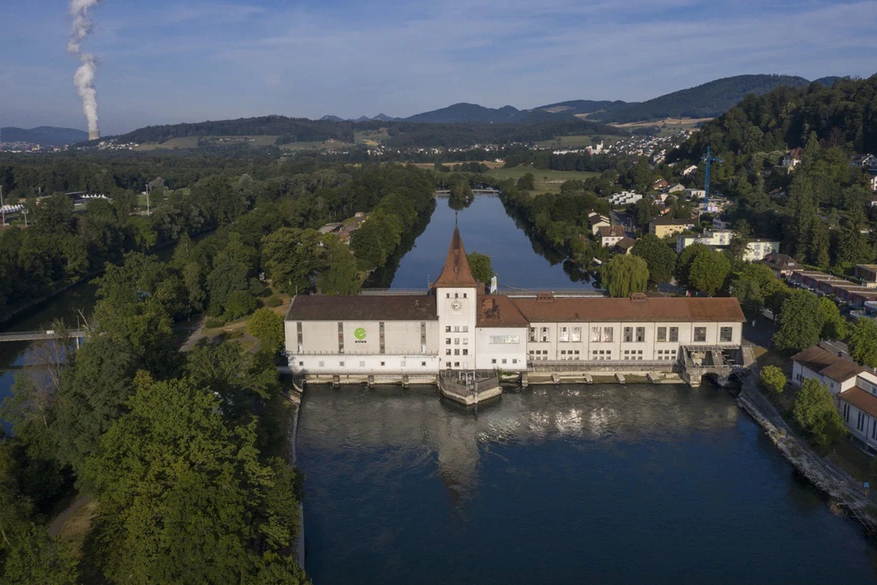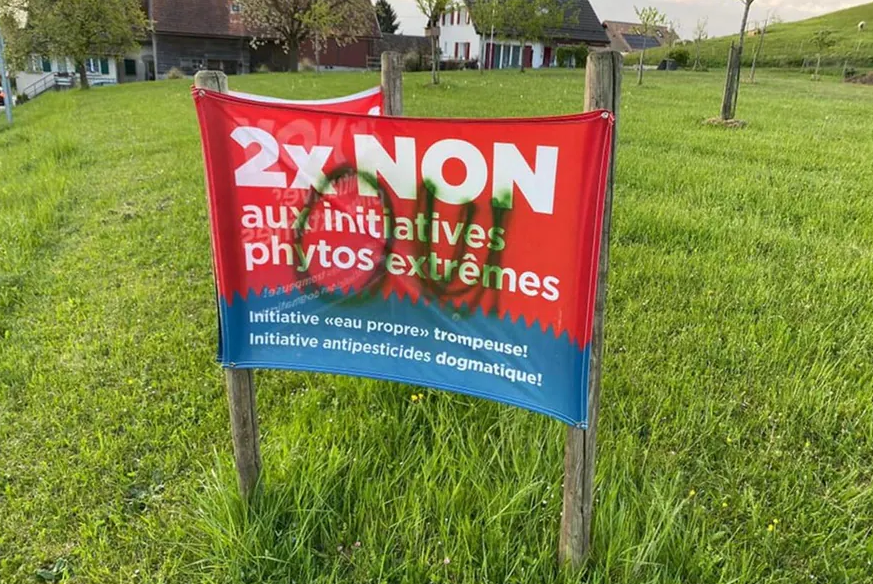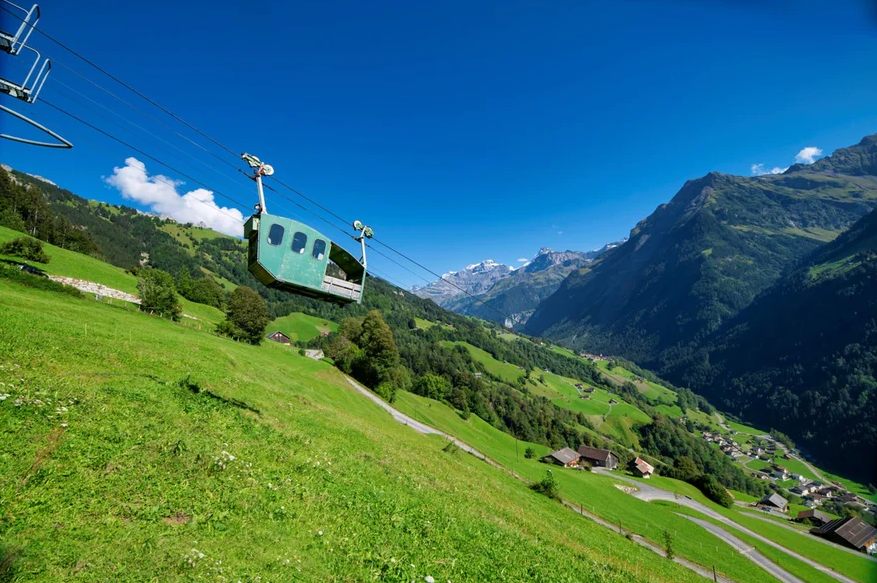Health concerns over toxic metals in remote communities near a mining complex in the Peruvian Andes are gaining ground after the publication of several reports. Glencore which owns the mine, points at natural mineralisation of the environment. Villagers say the Tintaya-Antapaccay mine has left animals in their herds dying or aborting and people becoming severely ill Paula Dupraz Over 1,000 kilometres from Peru’s capital, and half a world away from Glencore’s headquarters in Zug, Switzerland, the residents of one of the Andean country’s poorest regions, living near a huge mining complex it owns, are still reeling from the effects of the Covid-19 pandemic. After Peru imposed one of the world’s harshest lockdown measures, ordering businesses to shut and interregional
Topics:
Swissinfo considers the following as important: 3.) Swissinfo Business and Economy, 3) Swiss Markets and News, environment, Featured, newsletter
This could be interesting, too:
Nachrichten Ticker - www.finanzen.ch writes Die Performance der Kryptowährungen in KW 9: Das hat sich bei Bitcoin, Ether & Co. getan
Nachrichten Ticker - www.finanzen.ch writes Wer verbirgt sich hinter der Ethereum-Technologie?
Martin Hartmann writes Eine Analyse nach den Lehren von Milton Friedman
Marc Chandler writes March 2025 Monthly
Health concerns over toxic metals in remote communities near a mining complex in the Peruvian Andes are gaining ground after the publication of several reports. Glencore which owns the mine, points at natural mineralisation of the environment.
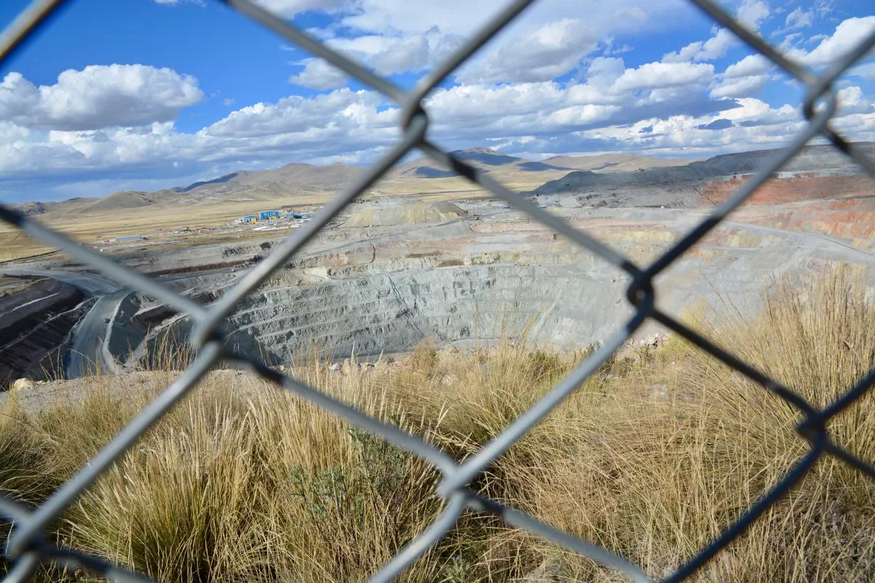
Villagers say the Tintaya-Antapaccay mine has left animals in their herds dying or aborting and people becoming severely ill Paula Dupraz
Over 1,000 kilometres from Peru’s capital, and half a world away from Glencore’s headquarters in Zug, Switzerland, the residents of one of the Andean country’s poorest regions, living near a huge mining complex it owns, are still reeling from the effects of the Covid-19 pandemic.
After Peru imposed one of the world’s harshest lockdown measures, ordering businesses to shut and interregional transport to be suspended for extended periods, many of the Espinar region’s inhabitants sank even further into poverty, having lost their jobs in the informal sector. By May 2020, after the first case of Covid-19 came to the mountainous district in southeastern Peru, medical services soon became overwhelmed, ahead of subsequent, even more severe waves of infection in early 2021.
Lack of clean drinking water, which residents in the district of Espinar have long attributed to the mine, has complicated the side effects of the lockdown. When limited travel resumed, only locals with relations able to travel to the villages could receive bottled water, due to the absence of mobility in the most isolated areas. Everyone else has to put up with whatever water is available.
“My sister brought (bottled) water, because you can’t drink this water that we have,” Yenny Kana Magaño told SWI swissinfo.ch in June. She spoke from Huisa, a small community next to the mine, where she returned to her family home after losing her job as a field labourer in 2020 in a neighboring province. She said the family used to rely on a well for water. “But the water has practically disappeared. Before the water was crystal clear, but now it’s greasy, full of sediment.”
Relations between the community and Glencore’s mining operation were already strained before the pandemic, as a 2019 SWI swissinfo.ch report from EspinarExternal link showed. As the Switzerland-based mining giant planned a $1.47 billion (CHF 1.35) expansion of its Tintaya-Antapaccay mine, Indigenous villagers complained that the operation had affected their wellbeing. Lack of clean water and toxic metal contamination left animals in their herds dying or aborting, and people became severely ill, they said.
“The dust is constant,” Kana Magaño said during a WhatsApp call. “It dirties the water, the river and gets into my eyes. Sometimes we call the manager at the mine. Before my mother would not say anything. But not anymore.”
The complex, located at approximately 4100 meters above sea level, extracts mostly copper, but also silver and gold. The older part of the mine, Tintaya, which has largely been retired and straddles one of the four watersheds located within the complex, is one of its tailing sites, where waste from excavation is dumped. Others are found scattered across the vast fenced-in property, guarded by its own security force.
Burden of data
In May, Amnesty International published a studyExternal link that found that levels of metals and toxic substances in test participants from 11 communities and in water samples taken near the mines presented health risks to the population in the area. The investigation, conducted between 2019 and April of this year, found elevated levels of metals and toxic substances, including arsenic, manganese, cadmium, lead and mercury in blood and urine samples in 78% of trial volunteers.
Scientific evidenceExternal link confirms that exposure to the toxic substances can cause everything from headaches and nausea to serious damage in organs, including kidney disease, lung and brain damage, and even death. The metals are also harmful to animal health.
“This is a first level of evidence, a first step,” Fernando Serrano, who headed the research, said about the investigation. Toxic metals may enter the body through breathing contaminated air, consuming contaminated water and food or by contact with contaminated dust according to Serrano, a professor at the University of St Louis in Missouri in the United States. He explained though, that regular rigorous monitoring of water and the environment over time would be needed to define the precise source of the contamination in Espinar.
While earlier studies had been conducted in response to residents’ concerns, the Amnesty study run in collaboration with the regional civil rights group Derechos Humanos Sin FronterasExternal link, or Human Rights without Borders, was the first rigorous independent investigation that tested the residents themselves from throughout the affected region and was done according to updated reference standards.
Glencore had previously dismissed traces of metals in earlier water and animal testing as normal in a mineral-rich environment. The company did not respond directly to questions on the latest report published by Amnesty linking mining activity and levels of toxic waste in water supplies.
“Antapaccay’s operation area of influence includes the Cañipia and Salado Rivers. Both rivers have mineralised water due to the natural presence of minerals in the soil. This has been previously confirmed by the Peruvian authorities, among them the National Water Authority”, Glencore said in emailed responses to SWI swissinfo.ch’s questions.
Around the same time that the Amnesty investigation was published, another study conducted by the Health Ministry that monitored water in 13 communities near the mine came to similar conclusions as Amnesty’s, showing the presence of arsenic, as well as other metals in water samples. Only in one of the 43 locations around the mine where water samples were taken did tests indicate that water was suitable for human consumption.
Health care poverty
At the hospital in Espinar, a town of 32,000 inhabitants roughly 30 minutes on an unpaved road from the closest point of Glencore’s sprawling complex, Nubia Blanco Pillco, its director, told SWI swissinfo.ch that during the pandemic, residents felt abandoned due to the lack of proper medical attention particularly in remote areas.
Health facilities throughout Espinar are limited, even in the district’s main town, where its category two hospital is just a notch above the basic puestos de salud, or health posts, in communities scattered outside the massive mining complex.
In the hospital itself, water is scarce, available only for a few hours a day. “It’s the same water as everyone else receives. It’s not treated for metals and residues obstruct pipes (in the building),” the hospital official said.
In addition to COVID-19 overwhelming health capacities, since last year, one of the nurses at the hospital developed lung cancer, while a doctor was diagnosed with cancer of the thyroids. Half a dozen patients developed other forms of the illness. The hospital doesn’t have a CT scan, a lab for taking and analysing blood samples, or even an adequate wheelchair. “So much is needed,” said Blanco Pillco.
In spite of earlier warnings of the harmful effects of exposure to toxic metals, public health investmentExternal link for the care of patients suffering from the effects of exposure to the substances in this mining country has fallen in recent years.
Toxic exposure
In 2020, Peru’s health ministry issued a momentous statementExternal link that some 10 million Peruvians were at risk of exposure to heavy metals and other toxic substances, including 6 million to arsenic and metalloids. The pre-existing platform known as the National Health Strategy for the Care of Contamination with Heavy Metals and other Chemical SubstancesExternal link identified Espinar as an affected area where its population is at risk of exposure.
A decision in December meanwhile by the Cusco Superior Court ordered Peru’s health ministry to design and implement a public health strategy demanded a year earlier by a court in Espinar, to address the issue of contamination from heavy metals, within a timeframe of 90 days.
Amnesty’s report condemned the Peruvian state for having long failed in its obligation to guarantee the right to health to Indigenous communities near the Antapaccay mine. It too recommended that a holistic public and environmental health strategy be implemented to deal with the contamination and exposure to the toxic substances, and guarantee access to safe and accessible water and sanitation to Indigenous communities.
Serrano, however lamented that Peru lacked the capacity to design and implement a dedicated toxic metals health programme. “Overall, the health system is so broken – which was made evident by the pandemic – and specifically with regard to this issue, that we will have to move heaven and Earth.”
In testing people’s blood and urine for five toxic metals, Serrano said he was stuck by the large discrepancies in reference values found in Peruvian regulations in comparison to international standards. “How do we know if (blood and urine levels) are high or low, whether you are protected or in danger?”
The lack of awareness by public officials of the risk higher levels of exposure to the metals angers Blanco Pillco, the hospital director. “In other countries, if such percentages (of toxic metals in blood) would be recorded, the mining company would be breaking the law, and would be punished.”
Officials at the health ministry and regional health authorities did not respond to requests to comment.
Reparations
Another study by the environment ministry of water and soil samples from areas around the mine began in March to determine the source of the contamination. The environment ministry did not respond to multiple emails and WhatsApp messages to discuss their own investigation and other recent studies. In the past, officials at the ministry, as well as those in public health and agriculture administrations have maintained a similar argument to the mining company, of “natural” contamination.
The results of the environment ministry’s study are expected to form the basis for a reparations plan, as demanded by the Cusco court, for the communities affected by toxic metals contamination.
For Serrano – who had previously investigated toxic contamination in Cerro de Pasco, another Peruvian mining town which had been named one of the world’s most polluted places and whose main operation is partially owned by Glencore – discussions on reparations could be a game changer.
“The idea of reparations is new, and now we have it in a legal framework, in the context of the Cusco decision. When you put this together, it provides hope that when communities keep pushing, we may be able to see some movement and some change, and that would be really good.”
But back in the region of Espinar, residents are becoming increasingly impatient, and would like to be able to live a healthier life.
“(Glencore) should come and see for themselves,” Kana Magaño said as she spoke from next to the complex’s mesh fence, just meters from her family home. “I see how they market themselves within the country, saying that they generate development. But I think we should at least have drinking water. If everyone had water, people like myself wouldn’t have to leave.”
(Edited by Veronica deVore and Virginie Mangin)
Tags: Environment,Featured,newsletter


